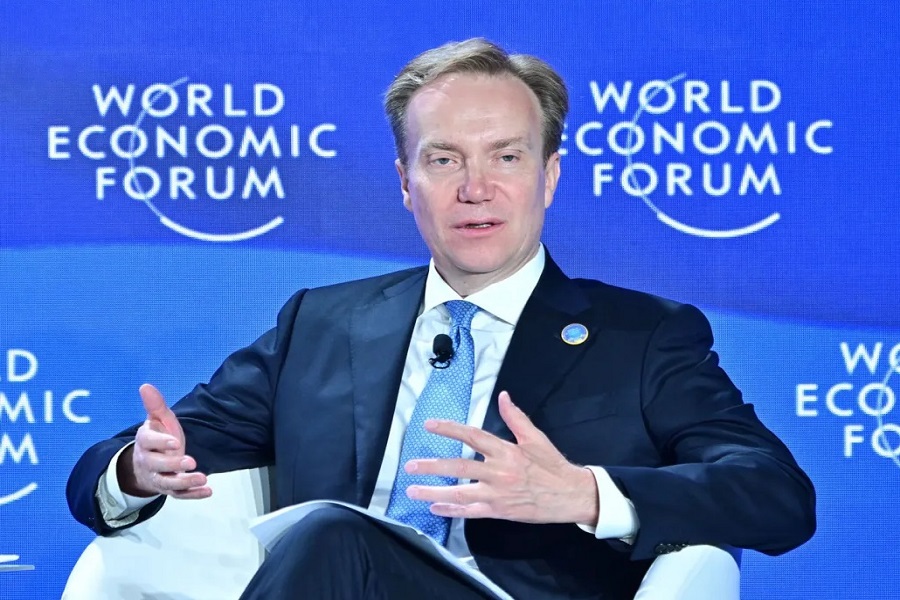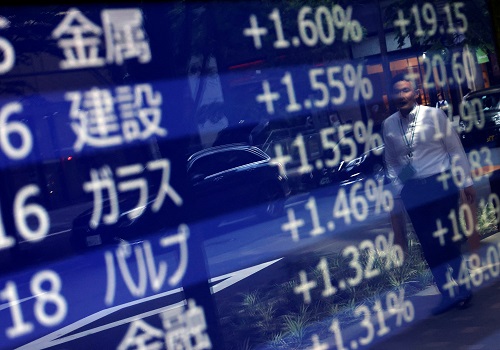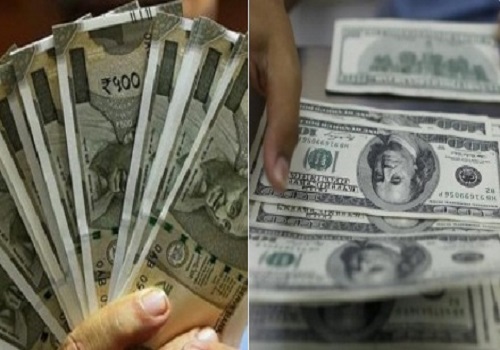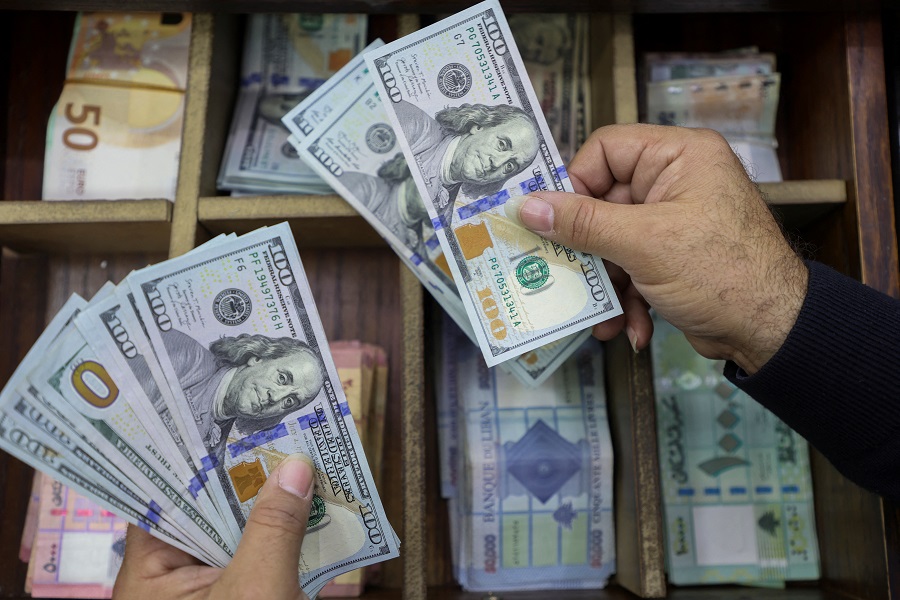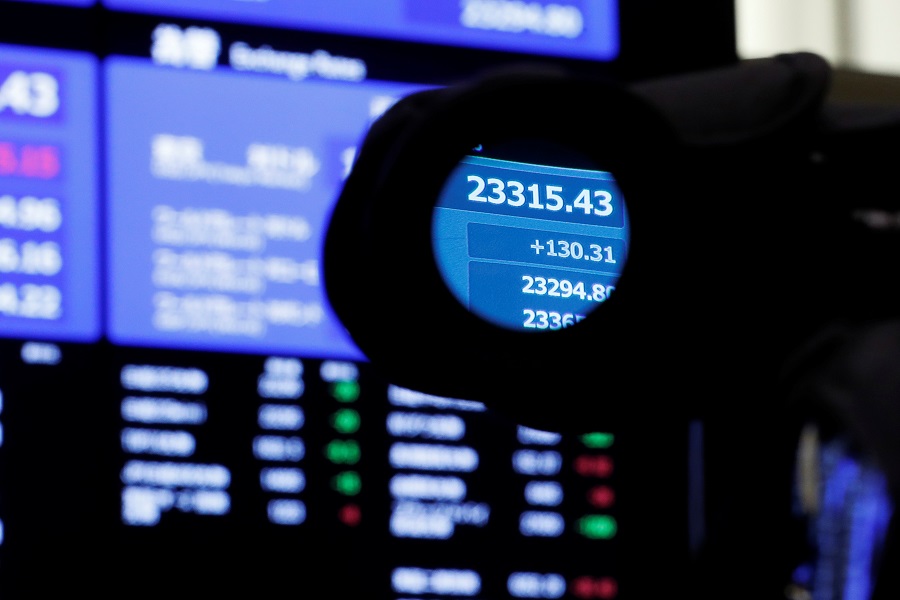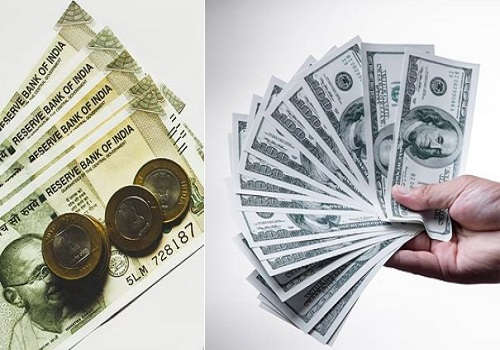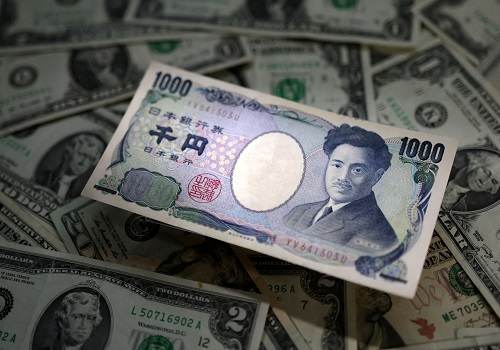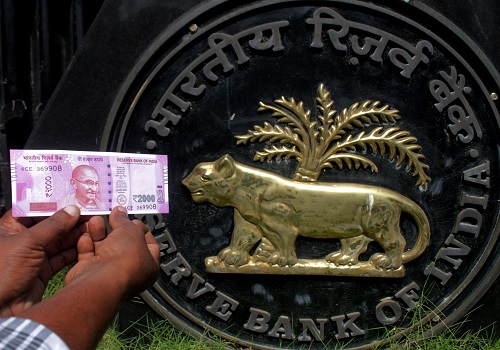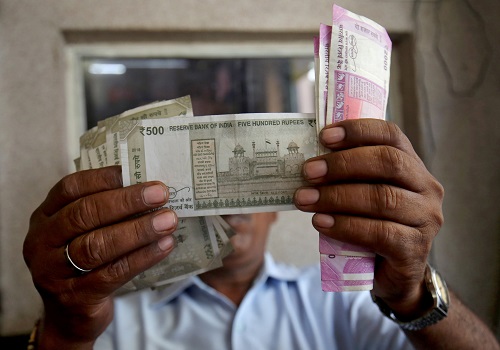Dollar headed for weekly gain on slower Fed easing, inflation outlook
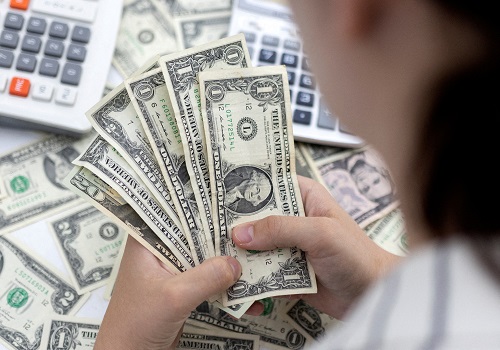
The dollar was set for its best week in more than a month on Friday, buoyed by expectations of fewer Federal Reserve rate cuts and the view that Donald Trump's policies could further stoke inflation when he assumes office in January.
The greenback hovered near a one-year high against a basket of currencies at 106.81 and was eyeing a weekly gain of 1.76%, which would mark its best performance since September.
Sterling was in turn on track for its steepest weekly fall since January 2023 at roughly 2%. It last ticked up 0.06% to $1.2676.
The euro last bought $1.0541, languishing near a one-year low hit in the previous session. It was headed for a weekly fall of 1.67%, also its worst in over a month.
Fed Chair Jerome Powell said on Thursday the central bank does not need to rush to lower interest rates, citing ongoing economic growth, a solid job market and sticky inflation as reasons for caution against easing policy too quickly.
Traders reacted by paring bets of the pace and scale of future U.S. rate cuts, with Fed funds futures now implying just 71 basis points worth of easing by end-2025.
Pricing for a 25 bp rate cut next month has also fallen to just 48.3% from 82.5% a day ago, according to the CME FedWatch tool.
"Markets just took (Powell's) comments at face value and therefore scaled back expectations for the pace of FOMC cuts," said Carol Kong, a currency strategist at Commonwealth Bank of Australia (CBA).
"Markets are going to focus on the prospect of President Trump's policy platform, so in the near term, we could see further gains in the U.S. dollar."
Higher trade tariffs and tighter immigration under President-elect Trump's incoming administration are projected to fuel inflation, potentially slowing the Fed's easing cycle longer term.
Expectations for deeper deficit spending are also lifting U.S. Treasury yields, providing the dollar with additional support. [US/]
Against a resurgent dollar, the yen has once again come under the spotlight, as it continues to weaken deeper into a territory that triggered intervention from Japanese authorities in the past.
The yen was last 0.1% lower at 156.39 per dollar, on track for a weekly decline of 2.4%.
The Japanese currency has fallen nearly 11% since its September peak and weakened past the 156 per dollar level for the first time since July in the previous session.
"The pace always matters more than the level. Given the yen has already weakened by 11% against the dollar over the past two months, I think we are getting closer to an actual intervention," said CBA's Kong.
The Bank of Japan (BOJ) said on Friday that Governor Kazuo Ueda will deliver a speech and hold a news conference on Monday, in an event that will be closely watched by markets for hints on whether the BOJ might raise interest rates next month.
Elsewhere, the Australian dollar rose 0.12% to $0.6462 and was set to lose 1.85% for the week, its worst weekly performance in four months.
The New Zealand dollar was similarly eyeing a weekly fall of 1.8%. It last gained 0.19% to $0.5860, languishing near a one-year low.
The two Antipodean currencies, which are often used as liquid proxies for the yuan, hardly reacted to a slew of economic data which showed China's factory output growth slowed in October and it was still too early to call a turn in the crisis-hit property sector, even though consumers perked up.
The onshore yuan slipped against the dollar and last stood at 7.2234, on course for a seventh straight weekly drop - its longest losing streak since 2021.
In cryptocurrencies, bitcoin dipped back below the $90,000 level as some investors took profits after a stellar run.
The world's largest cryptocurrency has surged nearly 30% on a two-week rolling basis on the view that friendlier U.S. regulation was imminent under Trump's administration and could usher in a new boom for all corners of the asset class.
Still, some remain cautious on bitcoin's relentless rally and the risks involved with its volatility.
"There are several risks factors that are converging. With crypto at all-time highs, both FOMO and risks are also at all-time highs," said Joshua Chu, co-chair of the Hong Kong Web3 Association.
"This factor in the traditional profit-taking rule means that non-institutional investors chasing after the FOMO rally will be taking on considerable risks.


